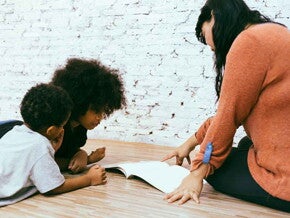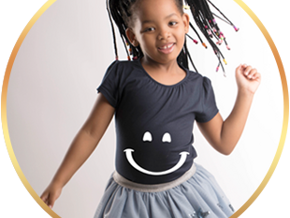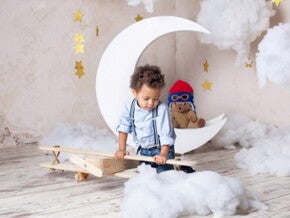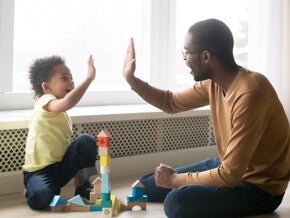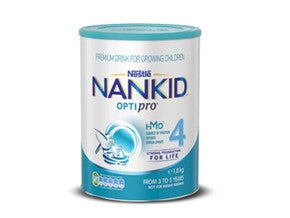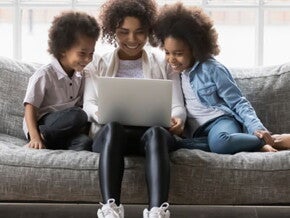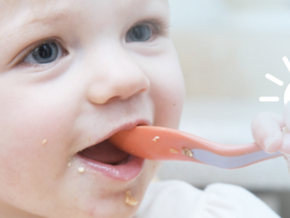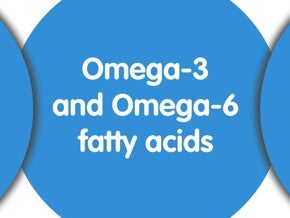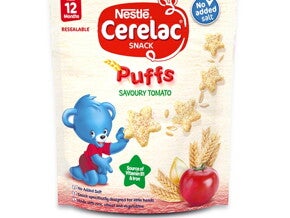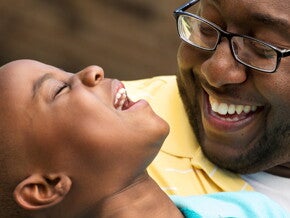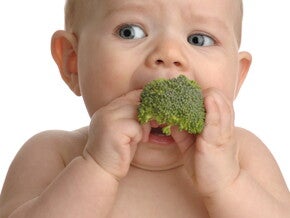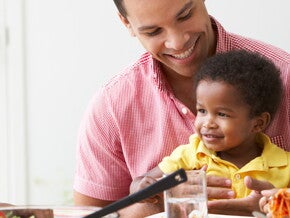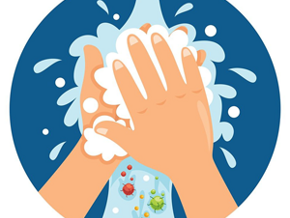
You need a way to make sure the water you have access to is safe to drink for your children. With the 787 municipal water systems in South Africa only 38 have good drinking water controls and have water safety plans in place. This means that most of the municipal water is not guaranteed to be safe drinking water.
Ways to insure that water is safe for consumption for children.
- Boiling. The boiling method is straightforward to use and doesn’t greatly affect the way your water tastes. It’s very effective when done properly, just put the water you intend to treat in a pan. Bring it to a rapid boil. Hold the water at a boil for a full minute. Then remove it from the heat and allow it to cool. It’s safe and ready to drink.
- Chlorine bleach. Standard chlorine bleach provides another option for treating water and ensure that it is safe to drink. Bleach can add a funny taste to your water. The advantage is that it only takes a little bleach to treat a bucket (5L) of water. Bleach is cheap to buy and easy to store. It is important to read the label of the bleach that you will Use. Look for a bleach that contains between 5 and 6 percent sodium hypochlorite as the active ingredient on label. This can normally be found at bottom of the label at the back of the bottle. Make sure that this is the only ingredient and do not use bleaches that have additional ingredients. Add half a teaspoon of bleach to five liters (5L) of water and allow it to stand for 30 minutes. The water should smell faintly of chlorine. If it does not, repeat the treatment cycle. There are chlorine tablets available in some retail stores for treating water should you have access to these stores. Please follow the instructions on the label to treat your water.

